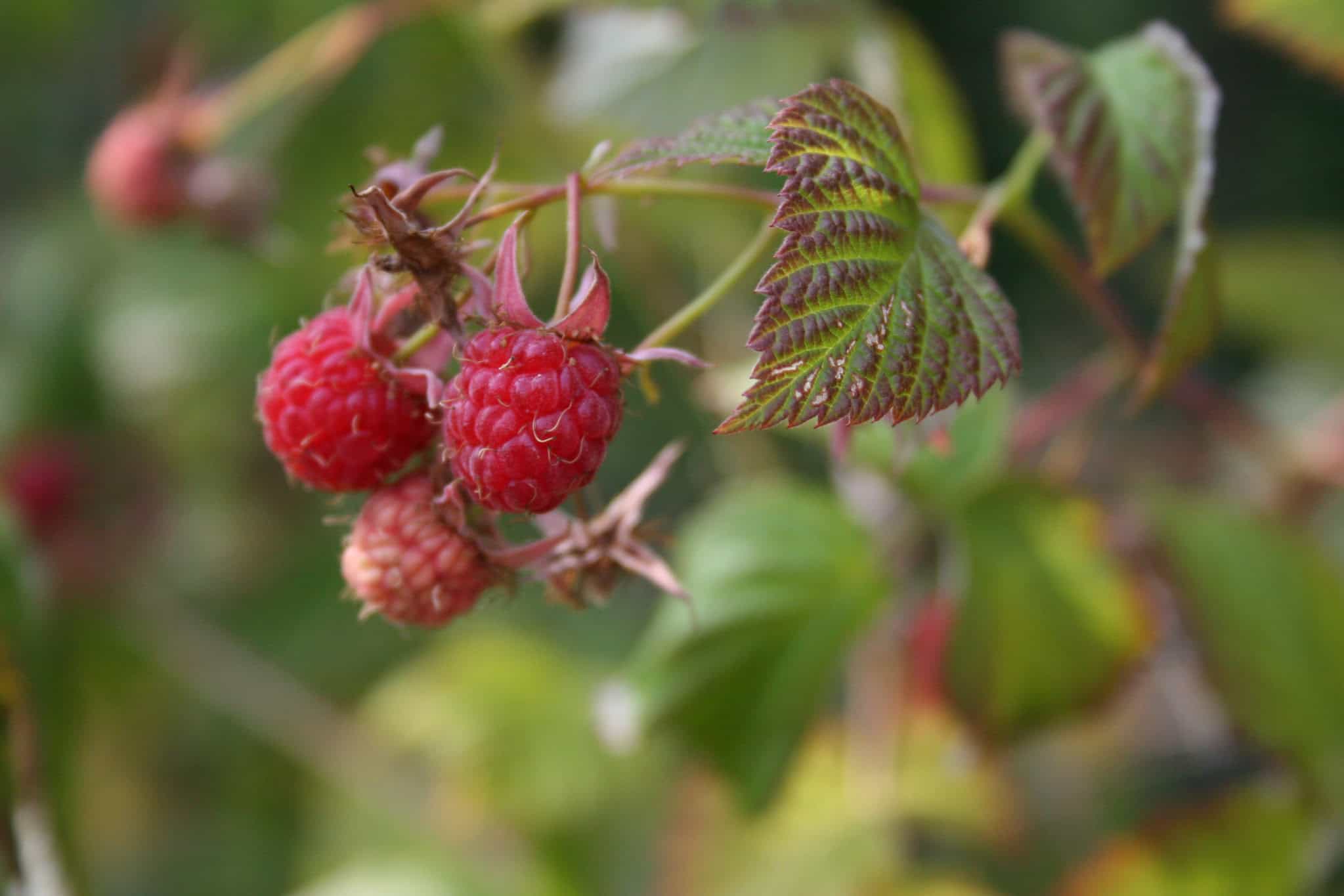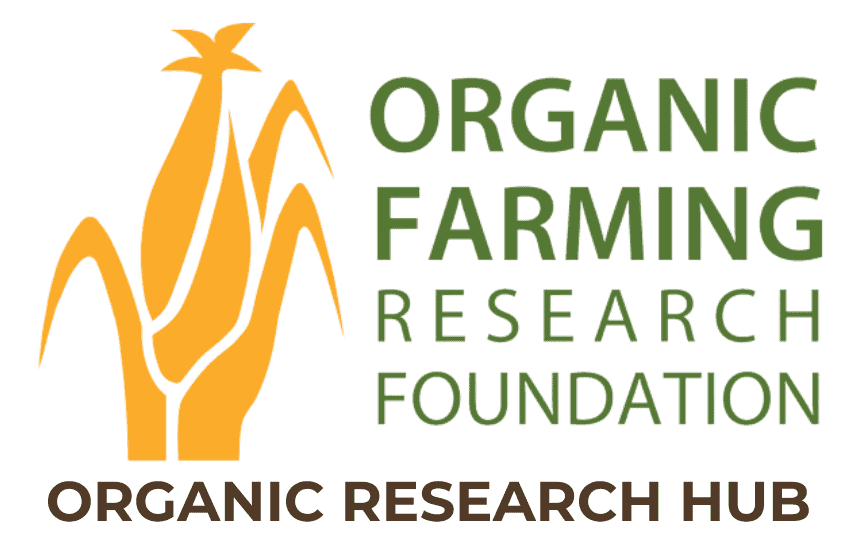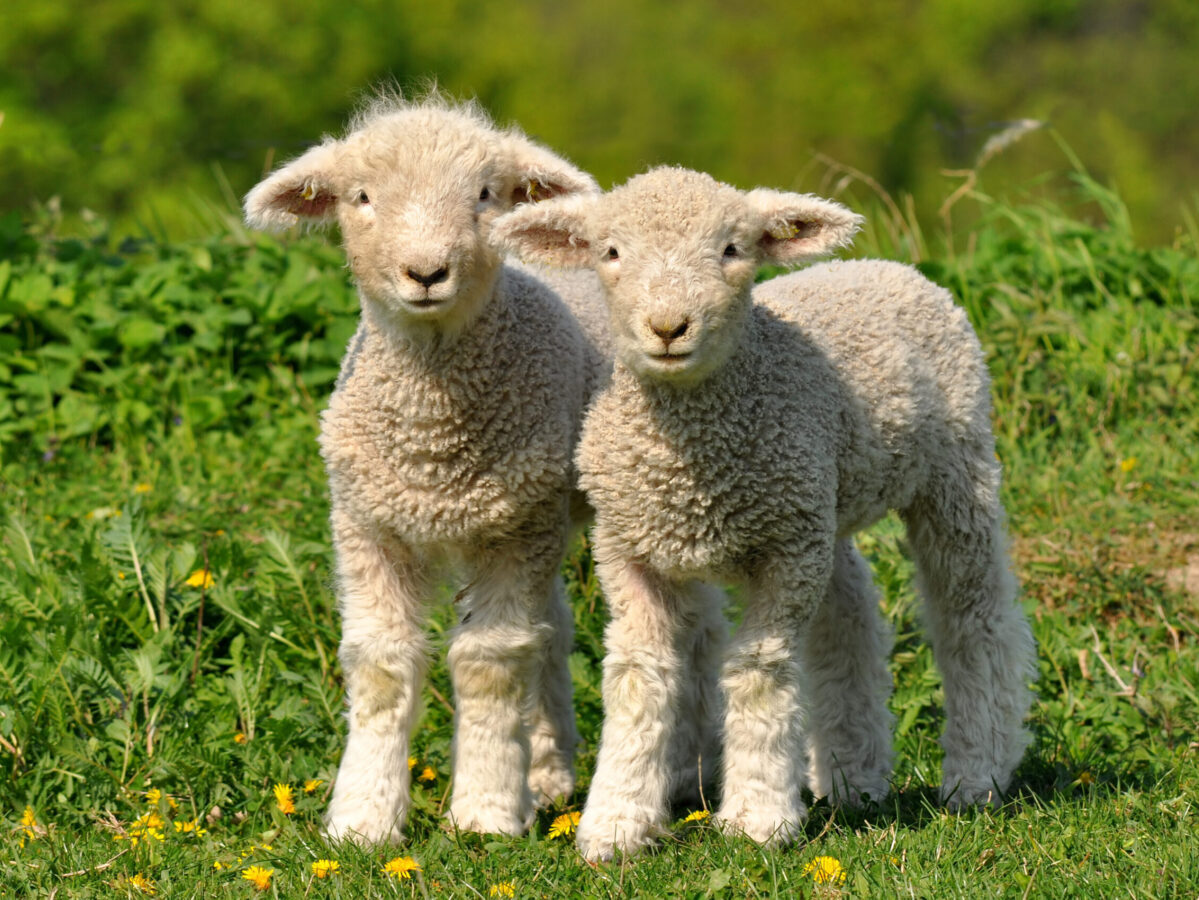Alternative Methods of Raspberry Production and Root Rot Control
Carol Miles, Washington State University

Root rot (Phytophthora fragariae var. rubi) is a major concern for raspberry growers in Washington, particularly organic farmers with limited disease control options. This trial focuses on organic root rot management, benefiting all growers with new disease management strategies.
In spring 1999, collaboration with Jan Pigman and funding from the Organic Farming Research Foundation led to testing six organic treatments for root rot control. By summer 1999, additional funding from the Washington State Commission for Pesticide Registration allowed research plots to be established at the WSU Vancouver Research and Extension Unit, including five organic and one chemical treatment, alongside a control for comparison.
STUDY OBJECTIVES
• Analyze organic root rot control methods at Vancouver REU and an organic grower’s field
• Compare raspberry growth and fruit production under conventional and organic systems
In 1999, treatment effectiveness differed between raised and flat beds at Pigman’s Farm. Chicken manure produced the highest yields on raised beds, while horse manure was most effective on flat beds. Trichoderma had the second highest yields in both setups. By 2000, raised beds yielded more than flat beds, though not significantly. Dairy and horse manure treatments significantly boosted yields at both sites. At Vancouver REU, dairy manure, Trichoderma, and Gliocladium yields were similar to Ridomil. Combining manure and T-22 yielded less than either alone, suggesting a negative interaction. Manure may help suppress root rot pathogens and support beneficial fungi while providing nutrition.
No significant differences in root rot ratings for fruiting canes were observed across treatments. Mid-harvest, there was chlorosis in fruiting canes at Vancouver REU compared to conventional plots. Nitrogen stress symptoms appeared due to rapid growth from hot temperatures with slow organic fertilizer release. T-22 and G-41 had the lowest photosynthetic rates in primocanes post-harvest, while conventional primocanes had the highest.
The small size of raspberry plots at Pigman’s Produce limited replications, which affected scientific conclusions. To improve the study, new plots will be set up with Sakuma Farms, which is providing 30 acres of ‘transition to organic’ raspberries.
Region
Western
Topic
Disease Management
Category
Vegetables/Fruits
Date Range
2000 and earlier
Funding Amount
$4,480
Funding Year
1999Location
Vancouver, Washington
Collaborators
Chuhe Chen, Stephen Klauer, Peter R. Bristow – Washington State University



